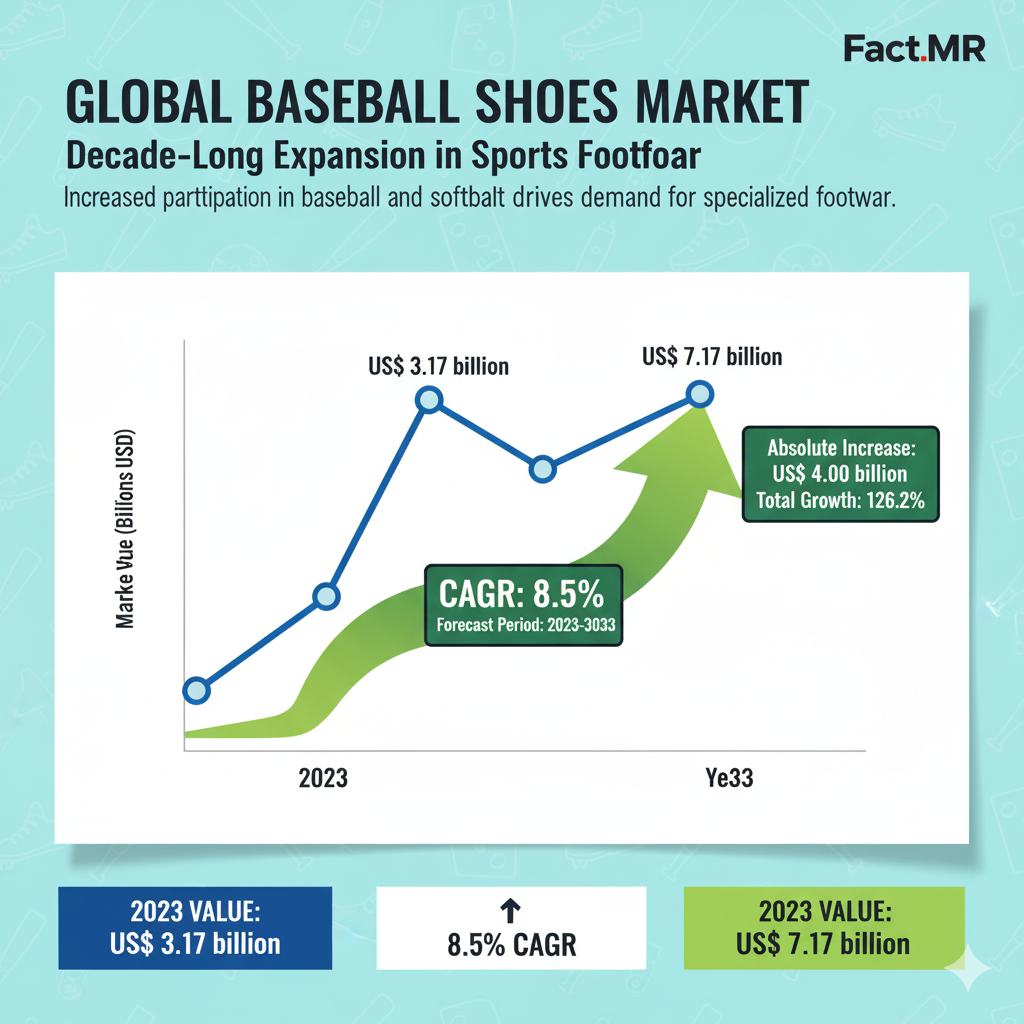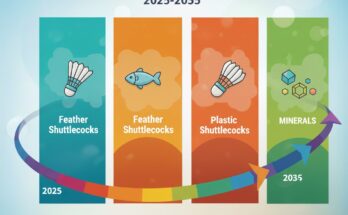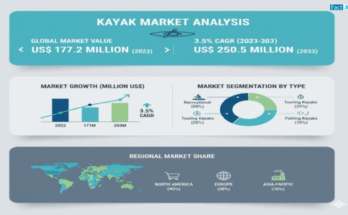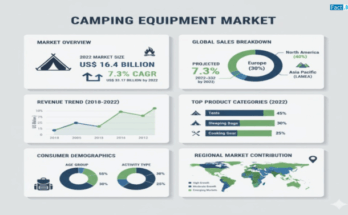The global baseball shoes market has reached a valuation of US$ 3.17 billion in 2023 and is projected to climb to US$ 7.17 billion by 2033. According to Fact.MR’s latest analysis, worldwide sales of baseball shoes are forecasted to increase at a high-value CAGR of 8.5% from 2023 to 2033.This growth reflects the rising popularity of baseball worldwide, technological innovations in athletic footwear, and the expansion of youth sports programs.
As baseball gains traction across regions beyond North America—particularly in Japan, Germany, and parts of Europe—the demand for high-performance, durable, and comfortable baseball footwear is witnessing significant acceleration. The industry is entering a new era where data-driven design, sustainability, and athlete-centered performance innovation are key differentiators.
Innovation Driving Market Momentum:
Modern baseball footwear is undergoing a technological revolution. Manufacturers are leveraging advanced materials, smart cushioning systems, and precision cleat engineering to improve player agility, comfort, and endurance on the field.
Lightweight materials such as engineered mesh and synthetic composites have replaced traditional heavy leather designs, enabling faster movement and reduced fatigue. Brands like Nike, Under Armour, Adidas, and Mizuno are leading this evolution by introducing baseball shoes that balance traction, support, and breathability.
A notable shift is the growing preference for metal cleats among professional and amateur players alike. These cleats, characterized by metal spikes for superior ground penetration, offer enhanced grip and stability—critical for quick direction changes, acceleration, and deceleration. Their durability and long-term cost-effectiveness are also appealing to competitive athletes and teams seeking consistent performance season after season.
Youth Participation and Global Expansion Fueling Sales:
Baseball, long regarded as America’s pastime, is rapidly evolving into a global sport with youth leagues and amateur competitions expanding worldwide. Increasing participation in schools, colleges, and community clubs has significantly boosted the demand for affordable yet performance-driven baseball shoes.
Countries such as Germany and Japan are witnessing rising participation levels, thanks to the growing cultural influence of professional leagues like the Major League Baseball (MLB) and Nippon Professional Baseball (NPB). These leagues have inspired a new generation of young athletes who aspire to play like their sports idols—driving direct demand for branded footwear endorsed by professional players.
The United States remains the largest market, attributed to its extensive baseball ecosystem, which includes youth development programs, college tournaments, and professional competitions. Meanwhile, Japan’s strong baseball culture and Germany’s emerging leagues are establishing themselves as promising growth frontiers for global manufacturers.
Challenges: Counterfeit Products Threaten Market Integrity:
While the baseball shoes market is thriving, manufacturers face a growing challenge from the proliferation of counterfeit products. Fake cleats often replicate brand logos and designs, deceiving consumers and undermining the reputation of genuine brands. These imitation products not only fail to deliver quality and performance but also erode consumer trust and revenue for legitimate players.
Leading brands are now investing in authentication technologies, consumer education, and digital traceability systems to protect their intellectual property and ensure brand credibility. Efforts to promote transparency through online verification and QR-code-enabled authenticity checks are helping reduce counterfeiting risks.
Start-ups Gaining Ground through Customization and Pricing Strategies:
New entrants in the baseball footwear industry are leveraging competitive pricing and product personalization to capture niche markets. By focusing on customizable cleats that address individual comfort, fit, and playing style preferences, start-ups are gaining momentum among youth and amateur players seeking unique performance-driven solutions.
Moreover, digital customization tools and direct-to-consumer (DTC) platforms are enabling smaller brands to compete with global giants. These approaches allow emerging companies to build brand loyalty and community engagement while keeping operational costs in check.
Country and Category Insights: Where the Opportunities Lie:
– United States: Home to major leagues like MLB, the U.S. dominates the global baseball shoe market, accounting for the largest revenue share. High participation rates and fan-driven purchases make it a strategic hub for global brands.
– Germany: With over 30,000 active players, Germany is witnessing a baseball boom. Local leagues and international participation are opening new opportunities for sportswear brands.
– Japan: Baseball remains deeply ingrained in Japanese culture, with the NPB’s influence propelling significant demand for high-end, professional-grade cleats.
From a distribution perspective, independent sports outlets remain the primary sales channel due to their ability to offer a wide product range, expert guidance, and immediate product access. However, online direct-to-consumer sales are growing rapidly as consumers increasingly prefer convenience and personalization options offered through brand websites and e-commerce platforms.
Competitive Landscape: Major Brands Shaping the Future:
The baseball shoe market is dominated by a few key players—Nike, Under Armour, Adidas, Mizuno Corporation, New Balance Inc., Easton Sports, Skechers, ASICS, Puma, and 3N2 LLC—each racing to innovate and capture market share through product differentiation and endorsements.
– Nike continues to lead with advanced cleat technologies and athlete collaborations that blend performance and style.
– Under Armour’s Harper Series, endorsed by baseball star Bryce Harper, has set benchmarks for comfort and traction, strengthening the brand’s presence among elite players.
– Mizuno remains a key player in Asia, leveraging deep-rooted baseball culture in Japan and expanding aggressively in North America.
Investments in research and development, smart materials, and sustainable production practices are key focus areas for industry leaders aiming to align with eco-conscious consumers and emerging sports technology trends.
Future Outlook: Smart Cleats and Sustainable Materials:
Looking ahead, the next decade will see the integration of smart technologies in baseball footwear, including performance tracking sensors and pressure-mapping insoles that provide data insights on player movement and impact. Sustainability will also play a vital role as companies transition toward eco-friendly materials, recyclable soles, and reduced carbon manufacturing.
According to Fact.MR, these advancements will define the next generation of baseball shoes—uniting performance, sustainability, and technology to meet evolving consumer expectations.
Browse Full Report-https://www.factmr.com/report/231/baseball-shoes-market



